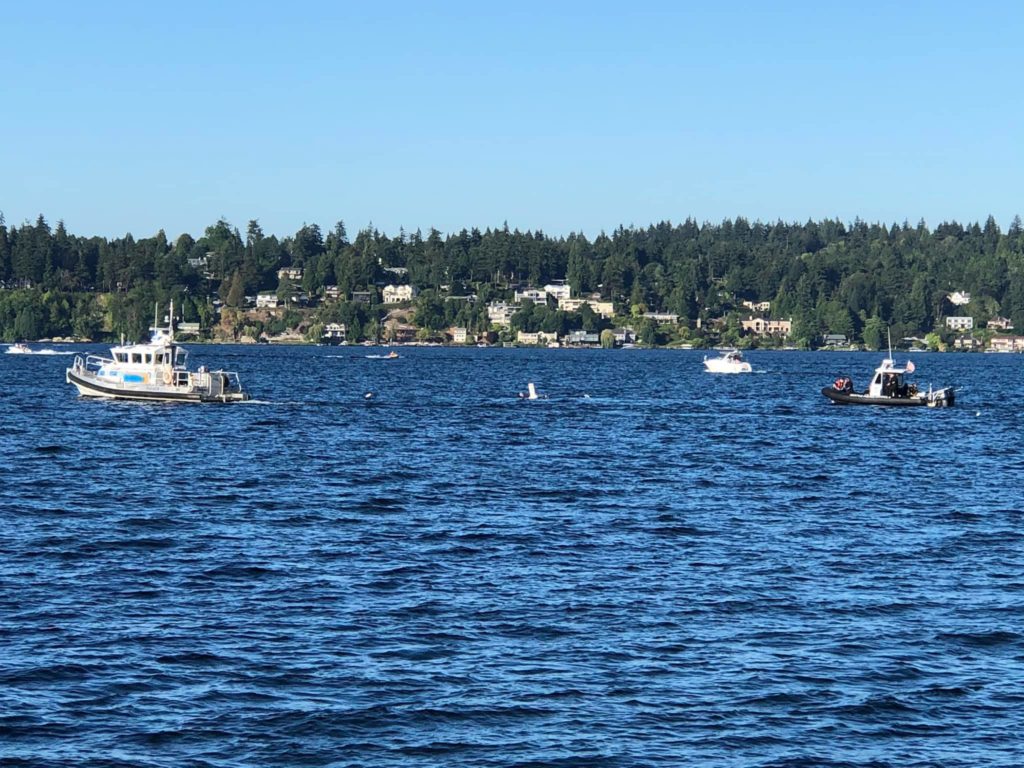

With summer in full swing, it’s important for families and people of all ages to stay up-to-date on the latest water safety information. It only takes a second for conditions in and on the water to change, and even the savviest swimmers can find themselves in an unsafe situation if they aren’t careful.
An average of 860 children and teens die by drowning in the US each year. Washington state averages 17 children and teen drowning deaths annually. We can help reduce these numbers by following these guidelines for children, teens AND adults:
- Insist on adult supervision and always swim with others
- Swim in areas with lifeguards and access to life-saving tools
- Keep constant attention on children swimming or playing in or near water, even if they know how to swim – all it takes is a second for safe circumstances to change
- Never use alcohol or drugs when participating in activities on or around the water
- Always wear a U.S. Coast Guard-approved life jacket; depending on the activity it may even be against the law not to
- Make sure you and everyone in your party knows how to swim and that children have taken swimming lessons and are upgrading their swimming skills each year
- Cold water can kill – even on the hottest days. In Washington, our water is often tens of degrees colder than the outdoor temperature; always be prepared and rest if you are too cold
- Last, but not least: know what to do in an emergency
If you plan on spending a lot of time around the water this summer, it’s smart to familiarize yourself with these tips as well as learn first aid and CPR. Always bring a cell phone with you or ensure you know where to access a phone if needed to call 911.
If you’re interested in learning more about water safety and drowning prevention you can check out the Seattle Children’s Hospital’s water safety guidance.
If you need a life jacket and don’t have access to your own, you can check out the Washington State Parks Life Jacket Loaner Program.